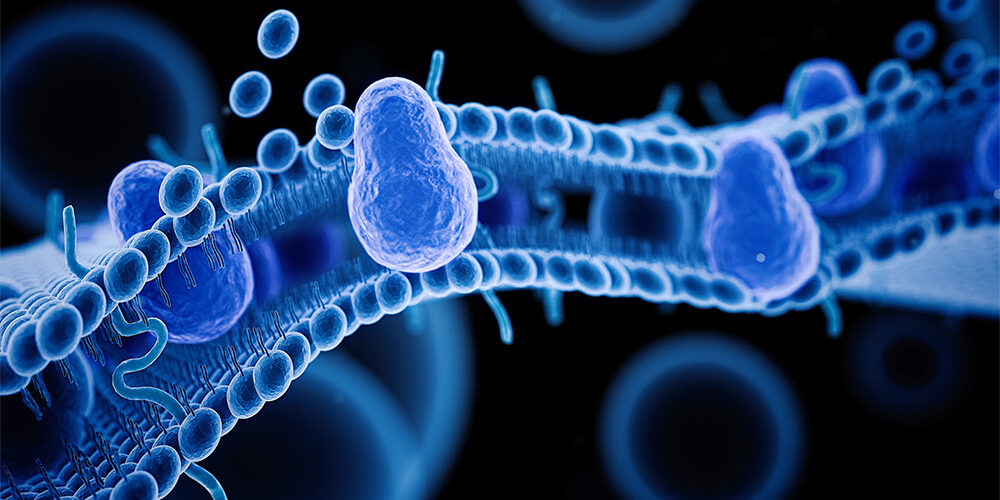OATP1B1, OATP1B3, OAT1, OAT3, OCT1, OCT2, MATE1, MATE2-K, OATP1A2, OATP2B1, OAT2, OAT4, OCTN2, PEPT1, PEPT2, NTCP
Human SLC transporter substrate identification is in our portfolio of in vitro drug transporter services. Cyprotex delivers consistent, high quality data in line with our published transporter strategy review, for either your early stage screening projects or your later stage regulatory studies according to FDA, EMA, PMDA and ICH guidance.
Introduction
Identifying potential substrates of SLC uptake transporters in vitro:
- The SLC (solute carrier) super family of transporter proteins, transport a wide range of different solutes across biological membranes using diverse energy coupling mechanisms1.
- SLC transporters include the OATP, OAT, OCT, MATE, OCTN and the PEPT families. These transporters are expressed in the intestine, the blood brain barrier, the kidneys and the liver where they influence the absorption, distribution, metabolism and excretion of drugs within the body.
- Regulatory guidance2,3 recommends investigating if your test article is a substrate of OATP1B1, OATP1B3, OAT1, OAT3, OCT2, MATE1 and MATE2-K due to the role of these transporters in clinical drug-drug interactions and the impact genetic polymorphisms in some of these transporters can have on therapy outcome and toxicity.
- The EMA3 and International Transporter Consortium (ITC)4 also suggest that potential interactions with OCT1 should be considered.
- It is only necessary to evaluate if your test article is a substrate of OAT1, OAT3, OCT2, MATE1 and MATE2-K when renal active secretion of the test article is significant (e.g., active secretion by the kidney is more than or equal to 25% of total clearance) and it is only necessary to evaluate if your test article is a substrate of OATP1B1, OATP1B3 and OCT1 when hepatic or biliary secretion is more than or equal to 25% of total clearance2,3,4.
- Cyprotex’s SLC transporter substrate identification assay determines if your compound is a substrate of the key transporters recommended in the regulatory guidance.
Protocol
SLC Uptake Transporter Substrate Identification Assay Protocol
Data
Data from Cyprotex's SLC Uptake Transporter Substrate Identification Assay
References
1) Schlessinger A et al., (2013) Molecular modeling and ligand docking for solute carrier (SLC) transporters. Curr Top Med Chem 13(7): 843-856.
2) FDA Guidance for Industry – In Vitro Drug Interaction Studies - Cytochrome P450 Enzyme- and Transporter-Mediated Drug Interactions (January 2020)
3) The European Medicines Agency (EMA) Guideline on the Investigation of Drug Interactions (Adopted 2012)
4) Zamek-Gliszczynski M et al., (2018) Transporters in Drug Development: 2018 ITC Recommendations for Transporters of Emerging Clinical Importance. Clin Pharmacol Ther 104(5): 890-899
Downloads
- Cyprotex ADME Guide 5th Edition >
- Cyprotex DDI Regulatory Guide 3rd Edition >
- Cyprotex Transporter Strategy Guide >
- Cyprotex SLC Transporter Substrate Identification Factsheet >

